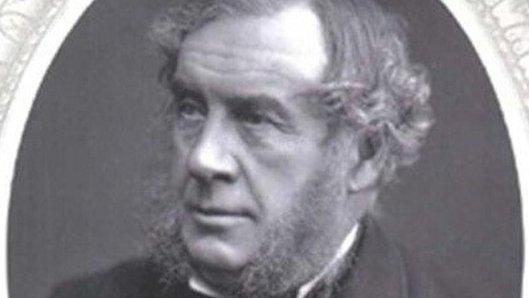Harold King: Welsh poison dart scientist's medal sold
- Published
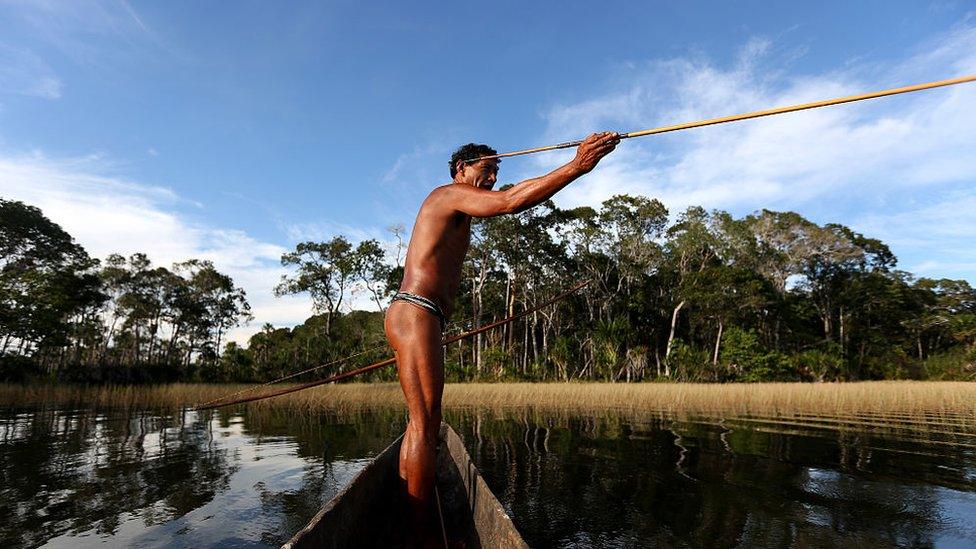
Medals belonging to a Welsh scientist who uncovered the chemical secrets of the Amazon jungle's poison darts and arrows have been sold at auction.
Chemist Harold King discovered how the compounds used by remote tribes worked and how to transform them into new drugs to help surgeons.
It led to the first high-blood pressure medicines - he also played a critical role in both world wars.
His CBE and two rare science medals were bought for £2,150.
The medals all went to the same buyer, who attended the auction in person.
The Hanbury Medal of the Pharmaceutical Society was awarded to Dr King in 1941 for "high excellence in the prosecution or promotion of original research in the natural history and chemistry of drugs".
In 1952, he was awarded the Addingham Gold Medal of the William Hoffman Wood Trust.
"The achievements of Dr King and the scientific importance of his discoveries make these items extremely rare," said auctioneer Marcus Budgen at Spink London, external.
He said there were "quite a lot of bids".

Born to teachers in a village near Caernarfon, Dr King went to what was then Friars' Grammar School in Bangor, before attending the city's university.
Inspired by the college's renowned professor, KJP Orton, he took up chemistry and graduated with a first class honours degree in 1909.
"As we celebrate another generation of chemistry students graduating from Bangor, it's great to be reminded that the chemistry department, though small, has been most influential," said the head of the school of chemistry at Bangor, Dr Mike Becket.
"King would have been taught by Prof Orton, a particularly gifted scientist, who became a Fellow of the Royal Society in 1921, as did the first five professors of chemistry at Bangor."
Like his own professor - Dr King had the honour of becoming a Royal Society Fellow himself in 1933.
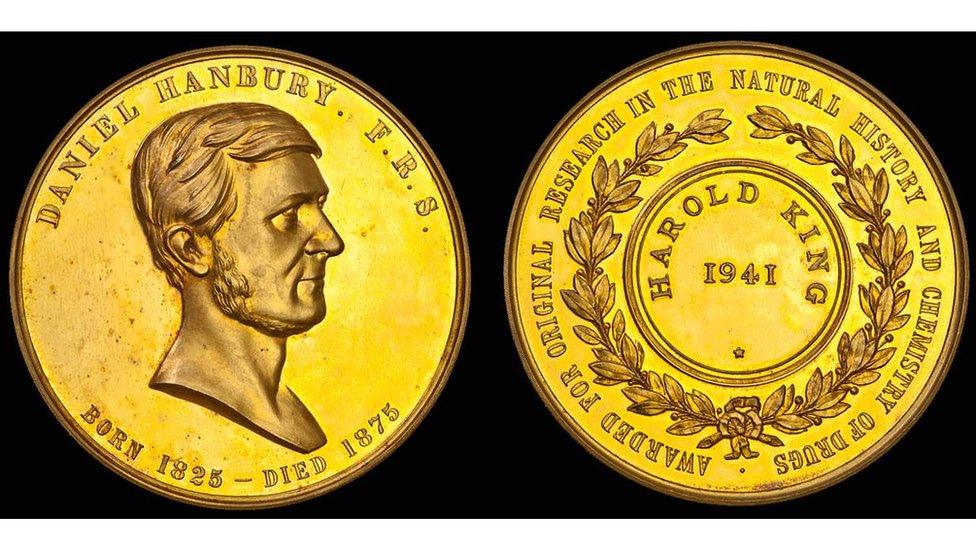
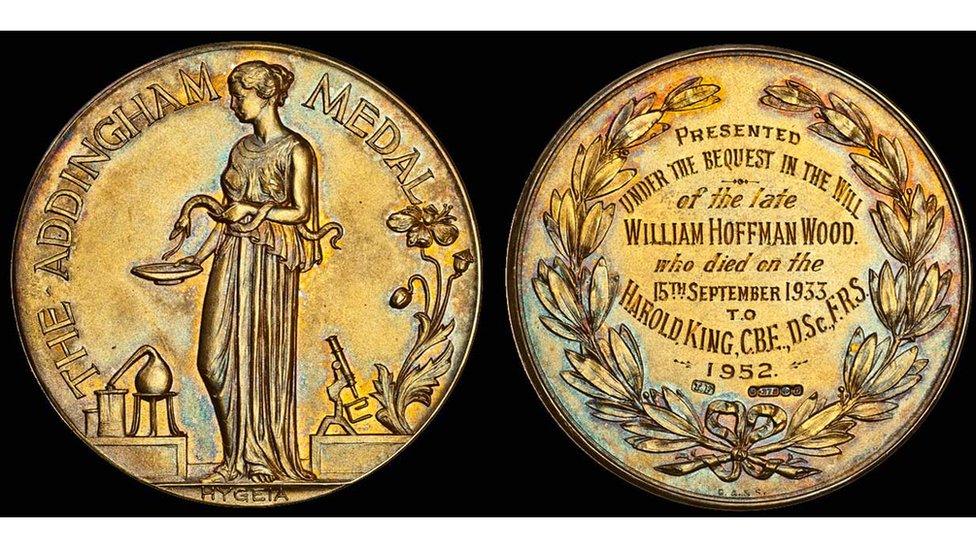
It marked just one high point in a glittering career as a chemist, recorded in detail in the Royal Society's biographical memoirs, external.
Not long after graduating, in the shadow of the looming World War One, Dr King was given the task of developing Britain's own supply of what today we take for granted - the common painkiller aspirin.
Perhaps it was that experience that also saw him drafted in to help in World War Two, as Britain and allies in the United States tried to crack the problem of making large quantities of the latest superdrug - the antibiotic penicillin.
His own theories on the structure of cholesterol also helped to revolutionise the understanding of organic human chemistry.
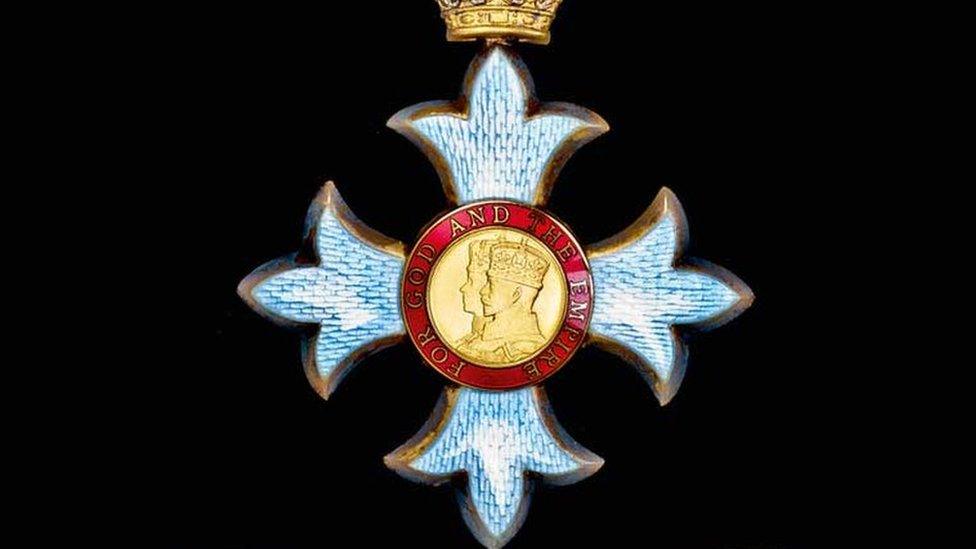
Dr Harold King's CBE
But it is his work on poison that has stood the test of time.
He was fascinated by the structure of chemicals known as alkaloids, in particular the poison used on the tips of darts and arrows in South America - curare.
Tribes in the Amazon rainforests made the poison by boiling up leaves and roots taken from jungle vines and would use it in hunting to paralyse prey.
Dr King was the first person to extract the active ingredients in the poison - D-tubocurarine - and understand the structure.
With the pure curare chemicals to hand, it was then developed as an early muscle relaxant, helping surgeons cut down on risky anaesthetic procedures during operations.
This led to the first effective drugs to treat the silent killer, hypertension - high blood pressure.
Dr King left his post at the Medical Research Council in 1950, spending his retirement studying insects in Dorset, where he lived until his death in 1956.
- Published29 January 2016
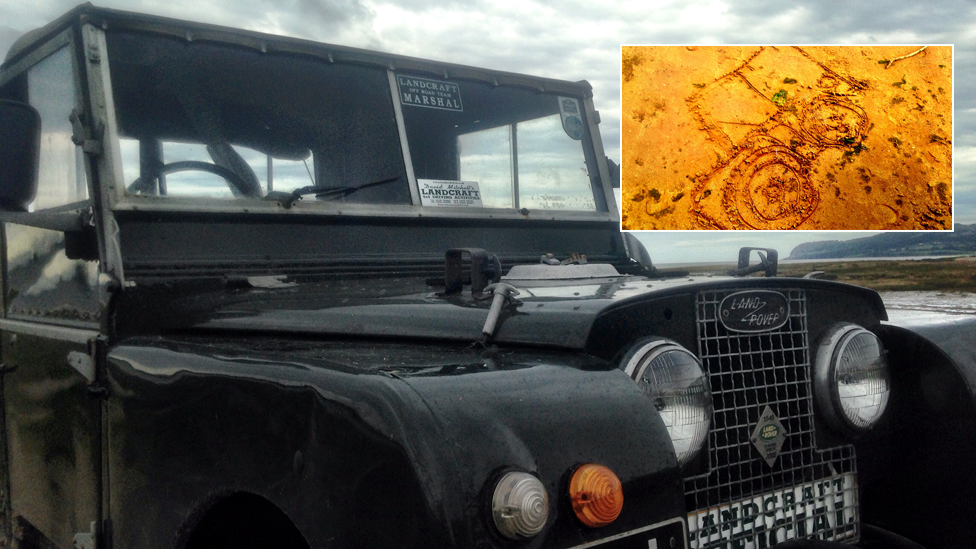
- Published16 July 2015
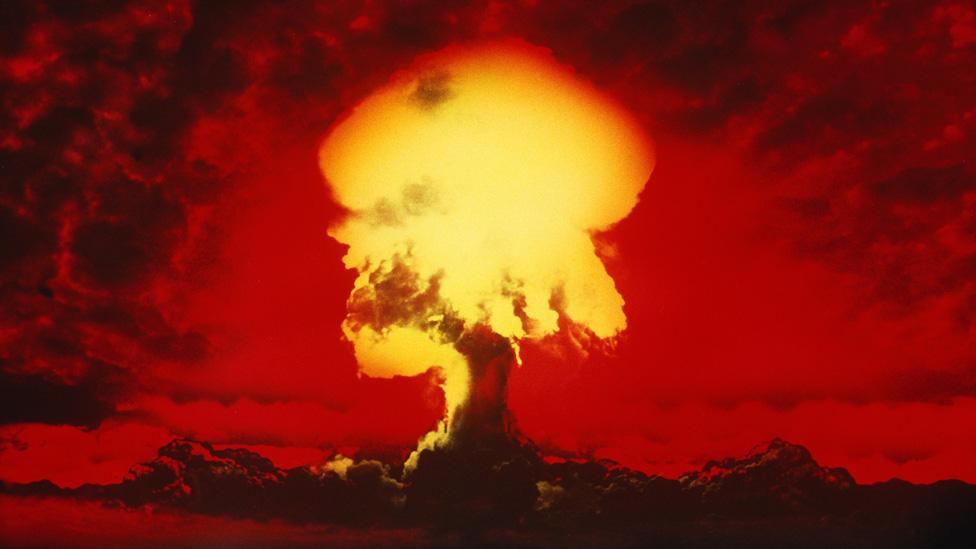
- Published22 January 2015
